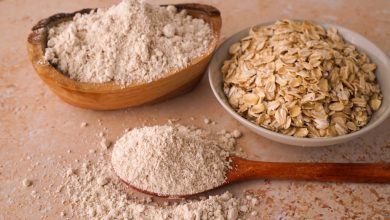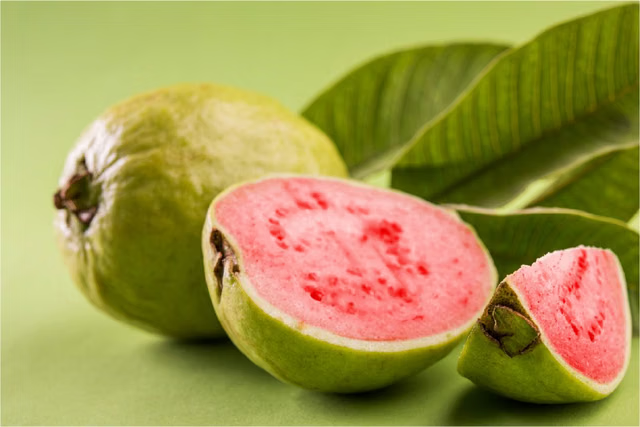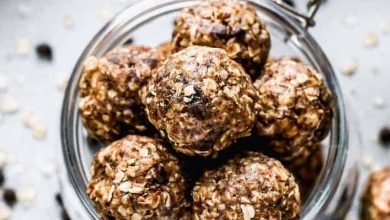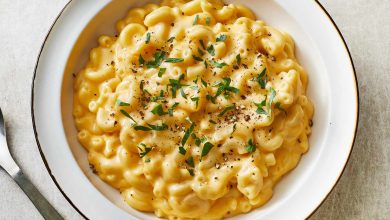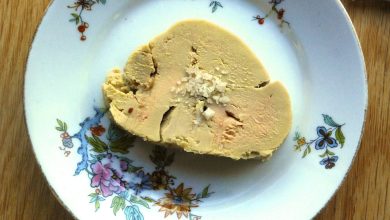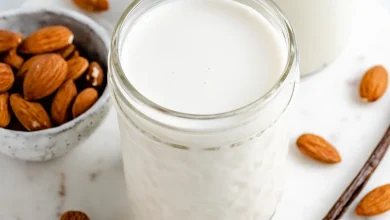Shrimp (Mixed, Raw, Possibly Previously Frozen) – Nutritional Profile
Shrimp, a popular crustacean, is a delicious and versatile seafood option that adds flavor and protein to a wide variety of dishes. Often enjoyed in seafood pastas, stir-fries, salads, and as a standalone appetizer, shrimp is not only a treat for the taste buds but also offers several nutritional benefits. Whether fresh or previously frozen, shrimp can be a healthy choice for anyone seeking lean protein and essential nutrients. Below is an overview of the nutritional content for mixed raw shrimp, which may be previously frozen:
Nutritional Information (Per 100g)
| Nutrient | Amount |
|---|---|
| Energy | 71 kcal |
| Protein | 13.61 g |
| Total Fat | 1.01 g |
| Saturated Fat | 0.26 g |
| Carbohydrates | 0.91 g |
| Dietary Fiber | 0.0 g |
| Sugar | 0.0 g |
| Calcium | 54 mg |
| Iron | 0.21 mg |
| Magnesium | 22 mg |
| Phosphorus | 244 mg |
| Potassium | 113 mg |
| Sodium | 566 mg |
| Zinc | 0.97 mg |
| Copper | 0.182 mcg |
| Manganese | 0.029 mg |
| Selenium | 29.6 mcg |
| Vitamin C | 0.0 mg |
| Thiamine (Vitamin B1) | 0.02 mg |
| Riboflavin (Vitamin B2) | 0.015 mg |
| Niacin (Vitamin B3) | 1.778 mg |
| Vitamin B6 | 0.161 mg |
| Folate (Vitamin B9) | 19.0 mcg |
| Vitamin B12 | 1.11 mcg |
| Vitamin A | 54.0 mcg |
| Vitamin E | 1.32 mg |
| Vitamin D2 | 0.1 mcg |
Allergen Information:
Shrimp is classified as a major food allergen. It is one of the top eight allergens that can cause severe reactions in sensitive individuals. People with shellfish allergies should avoid consuming shrimp to prevent allergic reactions. Common symptoms of a shrimp allergy include hives, swelling, difficulty breathing, and anaphylaxis. Always check ingredient labels or consult with food providers if you have any concerns about potential exposure.
Dietary Preferences:
- Gluten-Free: Shrimp is naturally gluten-free, making it an excellent choice for those following a gluten-free diet.
- Low-Carb: With only 0.91g of carbohydrates per 100g, shrimp is suitable for low-carb and keto diets.
- Paleo-Friendly: Shrimp fits well within the principles of a paleo diet, offering a protein-packed option without grains, legumes, or dairy.
- High in Protein: With over 13g of protein per 100g, shrimp is an ideal choice for those looking to increase their protein intake.
Tips for Cooking:
Shrimp cooks quickly, making it an easy and fast protein source for various meals. You can boil, sauté, grill, or bake shrimp, but be mindful not to overcook them, as they can become tough and rubbery. For a delightful flavor boost, marinate shrimp in garlic, lemon, and your choice of herbs or spices before cooking. Shrimp is also excellent in seafood stews, soups, and salads.
Conclusion:
Shrimp is a highly nutritious, low-calorie seafood that packs a punch with its protein content and essential vitamins and minerals. Whether used as a primary ingredient or added to a dish for extra flavor, shrimp is a versatile choice for anyone seeking a healthy and tasty option. When purchasing shrimp, whether fresh or frozen, always check for signs of quality, such as firm texture and a mild, ocean-like scent. Be sure to handle and cook shrimp safely to maintain its fresh taste and nutritional integrity.



